
As inflation grows out of control, wages remain stagnant, private equity firms buy more homes and apartments than ever before, city government limits the construction of new homes, and landlords increase rent beyond reasonable levels, many people are left desperate and struggling to make ends meet or even find a place to live. This is without even including the rising costs of everyday goods.
If you are trying to find a cheaper place to live, you’re in for a tough journey, though there are some places that provide a more affordable way of life. On the other hand, there are some places that have become so expensive that they are now called impossibly unaffordable. It seems like the chickens of greed have come home to roost.
But, what does it mean to be impossibly unaffordable? In essence, it means that middle-class people are beginning to feel the struggle that poor people have always felt in this country. For this list, it is a measure of the home price-to-income ratio. The higher income the average citizen needs to buy a home in a city, the higher it ranks on this list.
All these data come from an independent think tank in Canada named the Frontier Centre for Public Policy, and the Center for Demographics and Policy at Chapman University in California.
Why Are We Talking About This?

If you found yourself a new job in a new city, it is useful to know the cost of living in that city. Even if you have a higher salary, the cost of a home in one of these cities might mean you actually have less money left over at the end of the day. The more information you have, the better decisions you can make about your future.
#10 Toronto
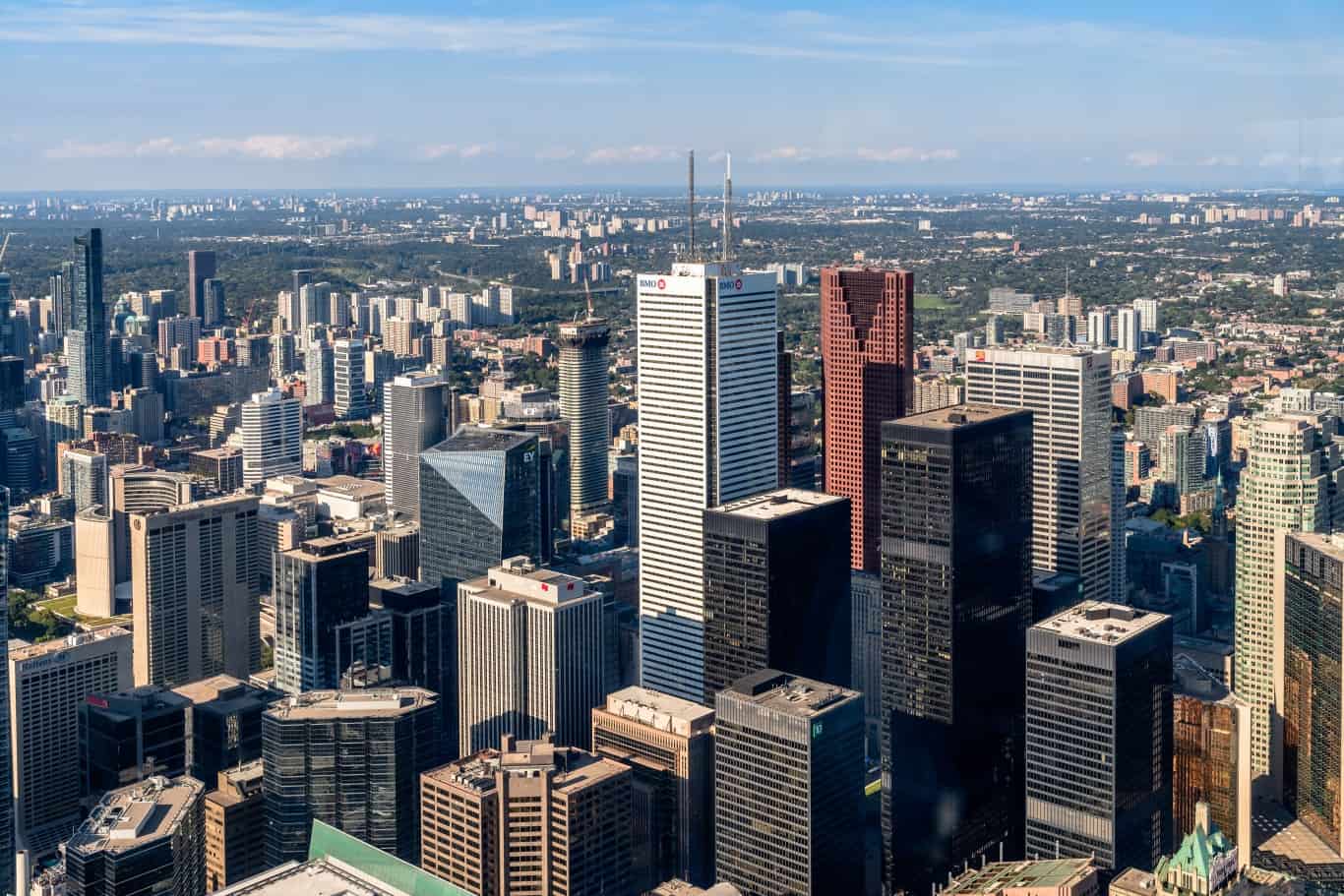
In 2019, Toronto was the fastest-growing city in all of North America, and it is the most populous city in Canada and the fourth-most populous city in North America with a population of over 2.7 billion people. It is also the capital of Ontario. Around half of the people who live in Toronto were born outside of Canada, and this is reflected in its diverse and colorful population.
#9 San Diego
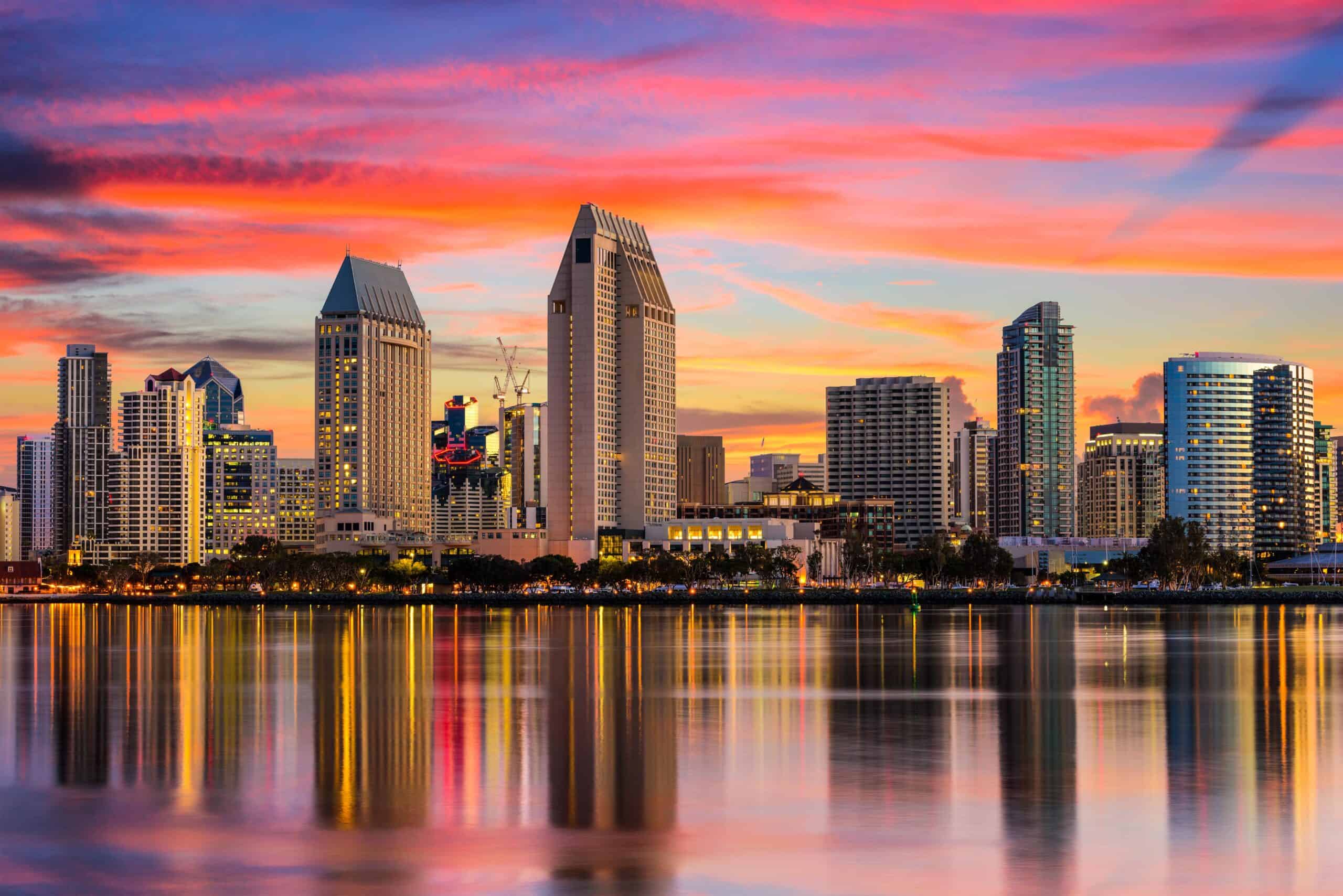
No talk about unaffordable housing in North America is complete without including San Diego. As of 2023, around 60% of all the homes in San Diego cost more than $1 million, and the median price for single-family homes was around $820,000. Unlike some other cities on this list, the extreme prices exist despite negative migration, with thousands of people leaving San Diego for neighboring cities, or leaving the region altogether.
One of the main contributors to the sky-high price of housing is the fact that many San Diego residents oppose the building of new apartment buildings or housing, so the introduction of new homes into the market is abysmally low.
#8 San Francisco/Adelaide
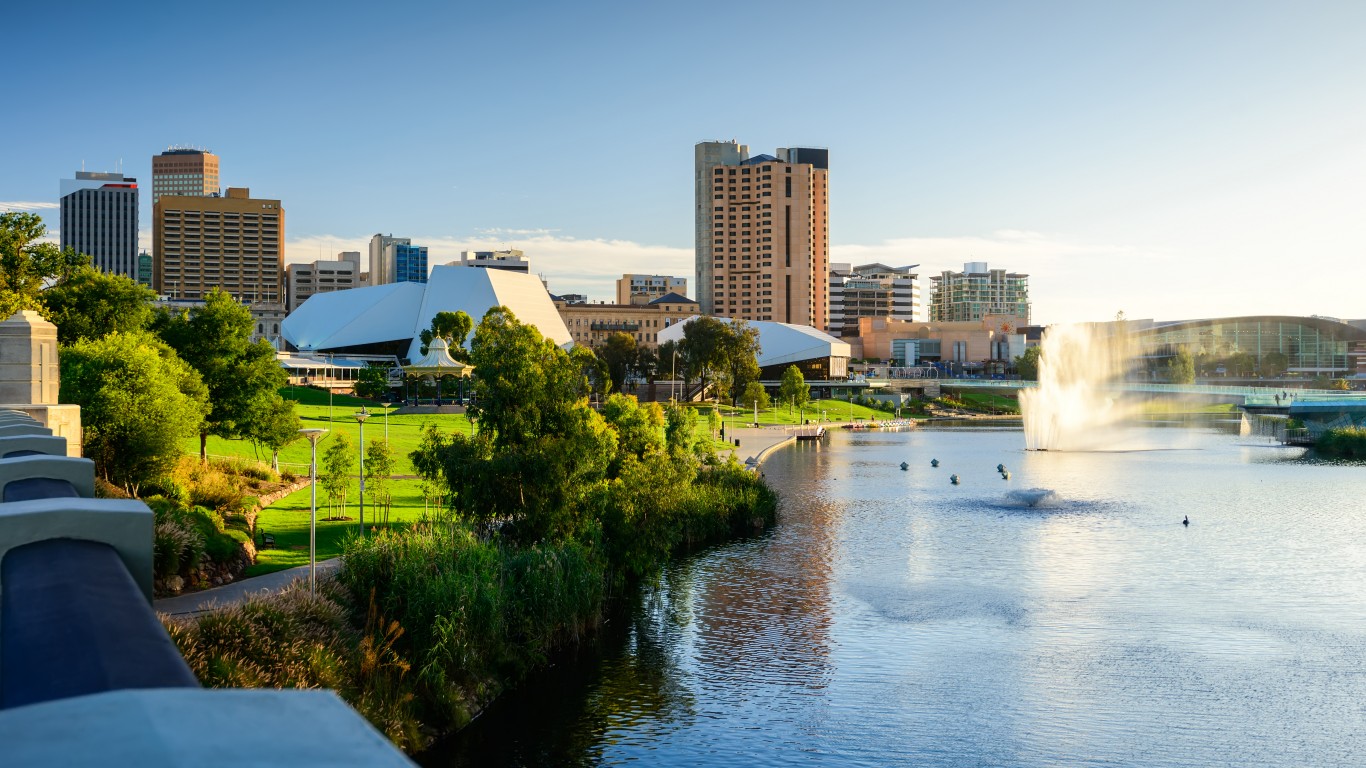
Adelaide and San Francisco are tied for the eighth place on this list.
The median price for homes in San Francisco reached over $1.2 million in 2022, driving the average rent higher as well. This has contributed to the homelessness crisis in the city as new housing projects are limited and low-income housing is hard to find. This problem was greatly exacerbated by tech companies that abandoned the cities, leaving large abandoned offices, and many low-income people who relied on the companies for jobs without a source of income.
Adelaide is the capital of South Australia and the fifth-largest city in the country. This historical city has many old buildings and neighborhoods that make it difficult to expand current housing options. It has been called Australia’s most livable city and the quality of life is very high when compared to contemporary and similarly-sized cities, despite the high cost of living.
#7 Melbourne
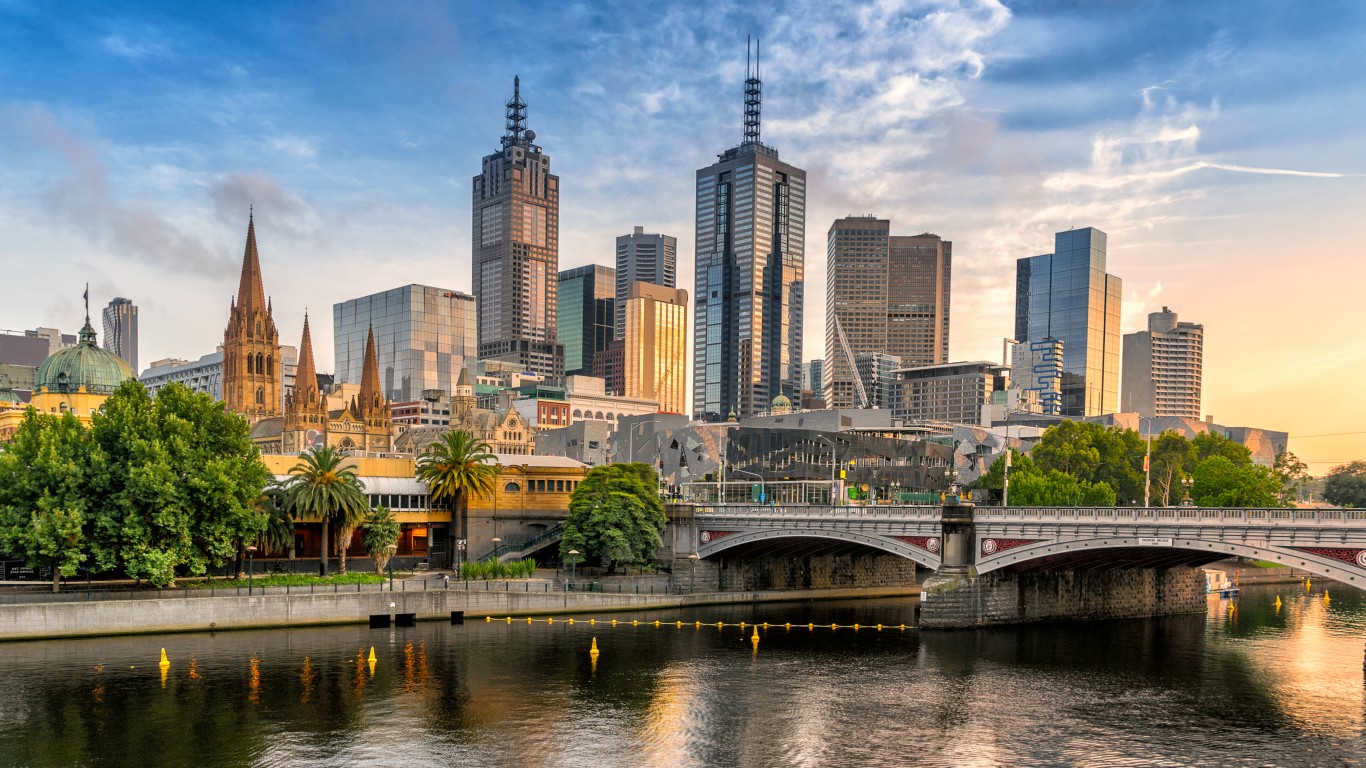
Our second, but not last, Australian city, Melbourne is the capital of Victoria and the second biggest city in the country. The area of Melbourne has actually been inhabited by local Aboriginal people for over 40,000 years and remains an important gathering place for local tribes. Because Melbourne is a cultural center of the region, it is a popular place for people to move to, but there is limited public housing and new housing development has been slow, driving rental prices higher and making the city unlivable for many people.
#6 Honolulu
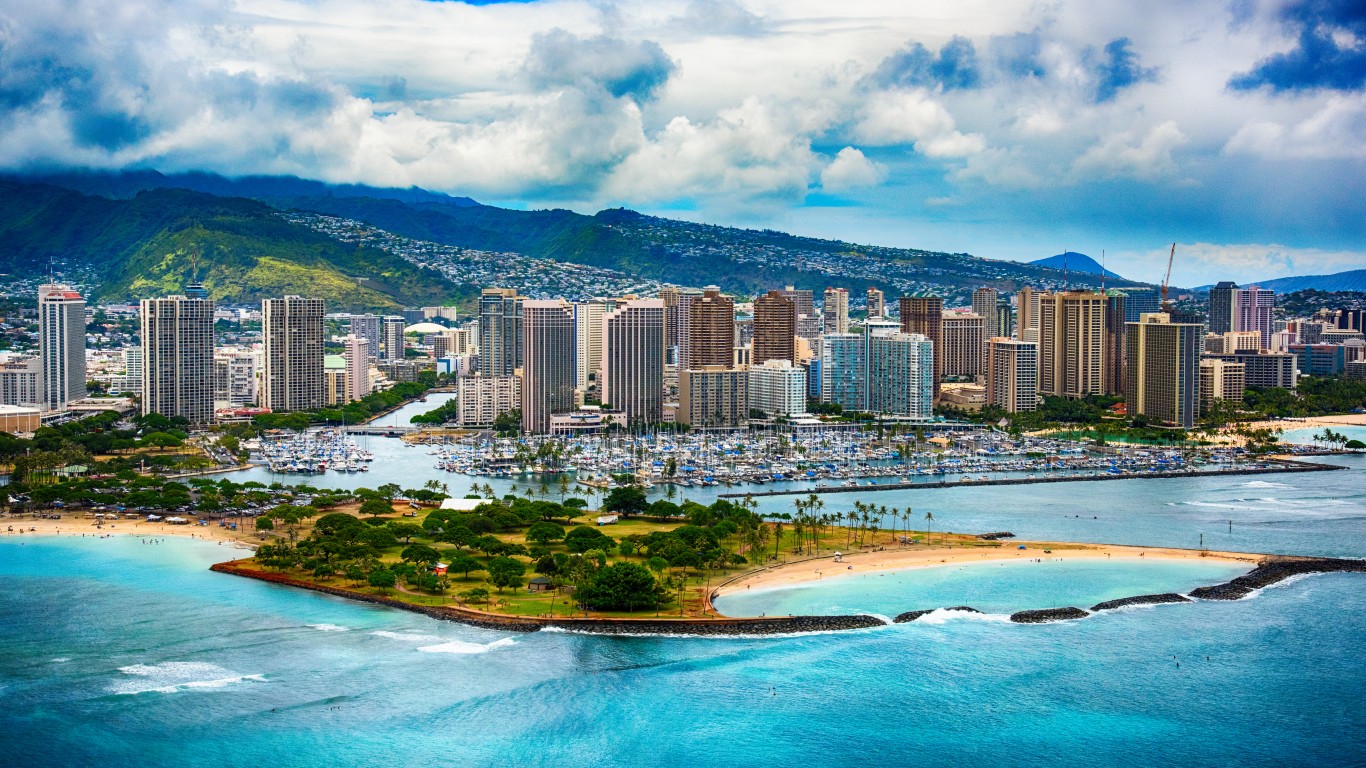
Because Hawaii has to import many of the goods its citizens consume, the general cost of living anywhere in the state is higher than most other parts of the country. In 2014, the cost of living overall was 69% higher than the average cost of living in the United States.
Hawaii has limited space and native Hawaiians are seeing their homeland slowly being turned into parking lots and department stores, so they are generally opposed to people moving to the state and also against most tourism. The high immigration and tourism to the state have driven many of the locals to be unable to afford to live in their ancestral homes.
#5 Los Angeles

Los Angeles is the second-biggest city in the United States and the cultural and financial center of the West Coast. In 2020 there were 41,290 homeless people in Los Angeles, and around 60% of those people said they were driven to homelessness because they couldn’t afford to live in their homes any longer. The reasons for the high cost of a home in Los Angeles are similar to those in San Francisco and San Diego: the economic devastation of the poor by large tech companies and the slow development of new and affordable housing, usually because of the opposition of rich and middle-class people who don’t want to live next to poor people
#4 San Jose

San Jose is one of the richest cities in the world, with the third-highest GDP per person, behind only Oslo and Zürich.
The average home price is around $1.08 million, and it has the highest percentage of homes worth over $1 million, making it the most expensive city to live in the United States. All major costs of living are higher than the national average, primarily driven by single, wealthy people employed by the large tech companies headquartered in or near the city.
#3 Vancouver

Vancouver is the biggest city in British Columbia with around 662,248 people. One of the primary drivers of the high home prices in Vancouver is that the Canadian government allows foreigners to buy property without revealing their identity to tax offices, making it an effective and reliable way for people to launder money. Unlike similar cities in the United States, Vancouver has actually taken steps to reduce its high cost of living, including legalizing secondary home suites, development of high-density housing, and cooperative housing.
Despite being one of the most expensive cities to live in the world, Vancouver has consistently ranked high on the list of the most livable cities.
#2 Sydney

Sydney is the capital of New South Wales and the biggest city in Australia with over 5,450,496 people. Even though it is prohibitively expensive to live in Sydney, it is one of the most livable cities in the world and is a cultural and economic center in the entire region.
Sydney has Australia’s most expensive housing market, the average home price is around $1.1 million and costs more than 14 times the average salary in Sydney. The city is suffering a housing crisis as a result of a significant housing shortage. As a result, the city has transitioned to building more high-density housing.
#1 Hong Kong

Hong Kong is one of the most densely-populated cities in the world with over 7.4 million people in 426 square miles. This is one of the leading causes of the high cost of living in the city, as there is almost no room to expand existing housing options. As Hong Kong continues to grow as an economic powerhouse and financial center of the world, people want to move to the city in larger numbers, but it is nearly impossible for existing housing development to meet demand, leading to close and compact housing and apartment options.
Get Ready To Retire (Sponsored)
Start by taking a quick retirement quiz from SmartAsset that will match you with up to 3 financial advisors that serve your area and beyond in 5 minutes, or less.
Each advisor has been vetted by SmartAsset and is held to a fiduciary standard to act in your best interests.
Here’s how it works:
1. Answer SmartAsset advisor match quiz
2. Review your pre-screened matches at your leisure. Check out the advisors’ profiles.
3. Speak with advisors at no cost to you. Have an introductory call on the phone or introduction in person and choose whom to work with in the future
Get started right here.
Thank you for reading! Have some feedback for us?
Contact the 24/7 Wall St. editorial team.